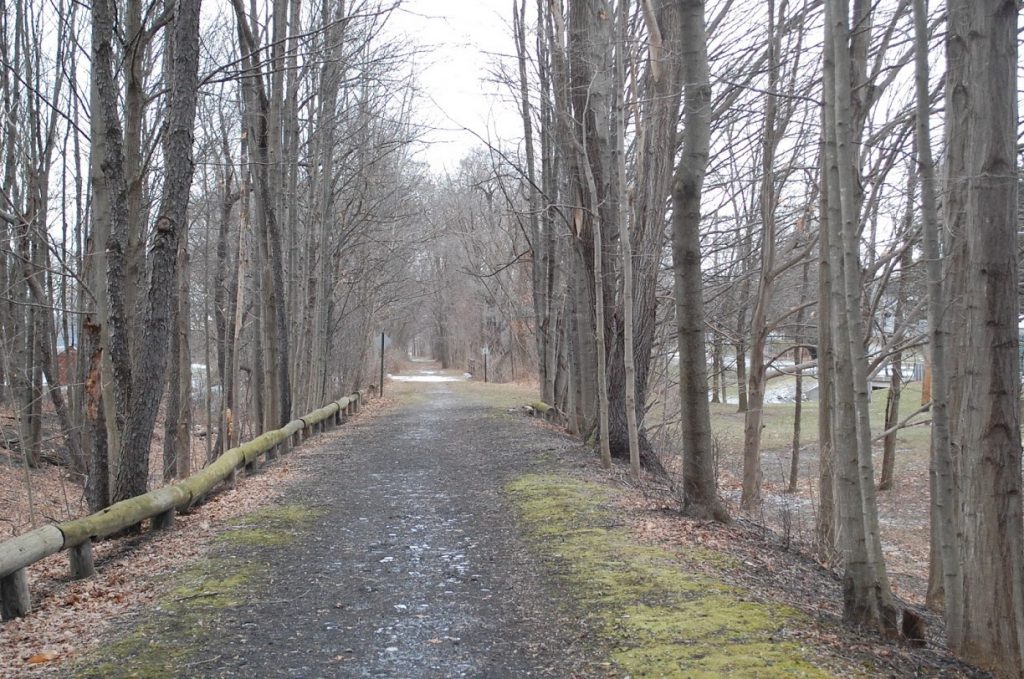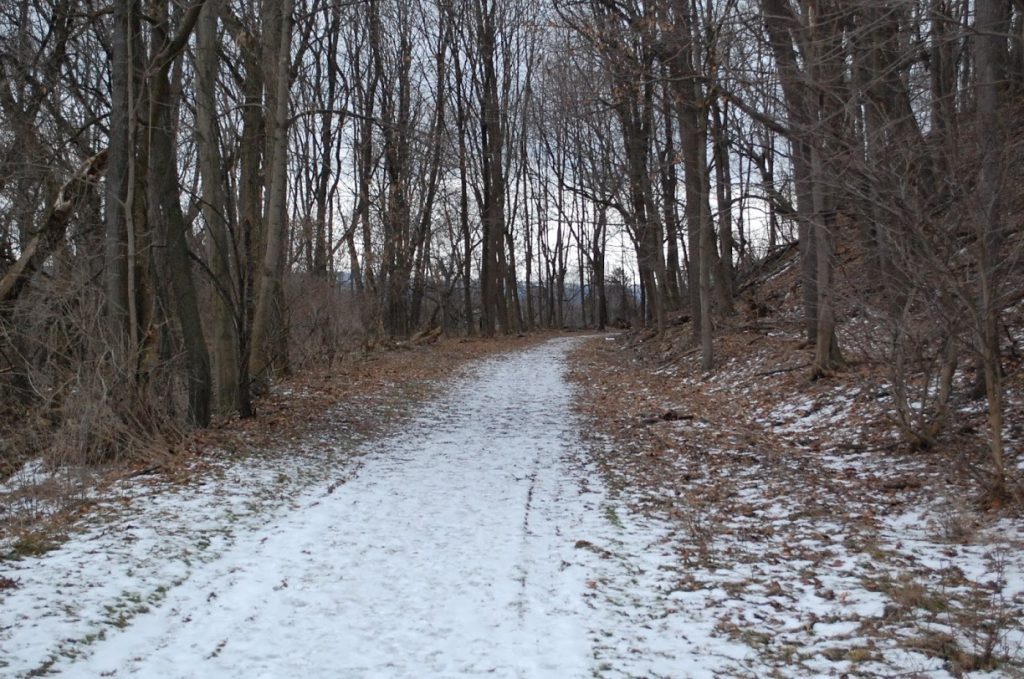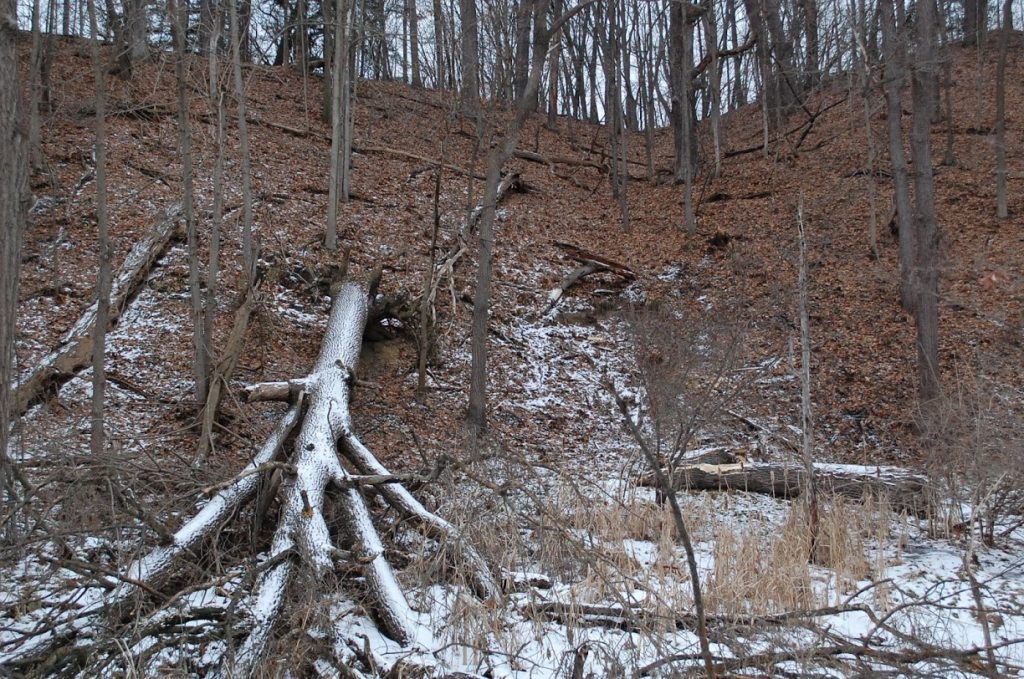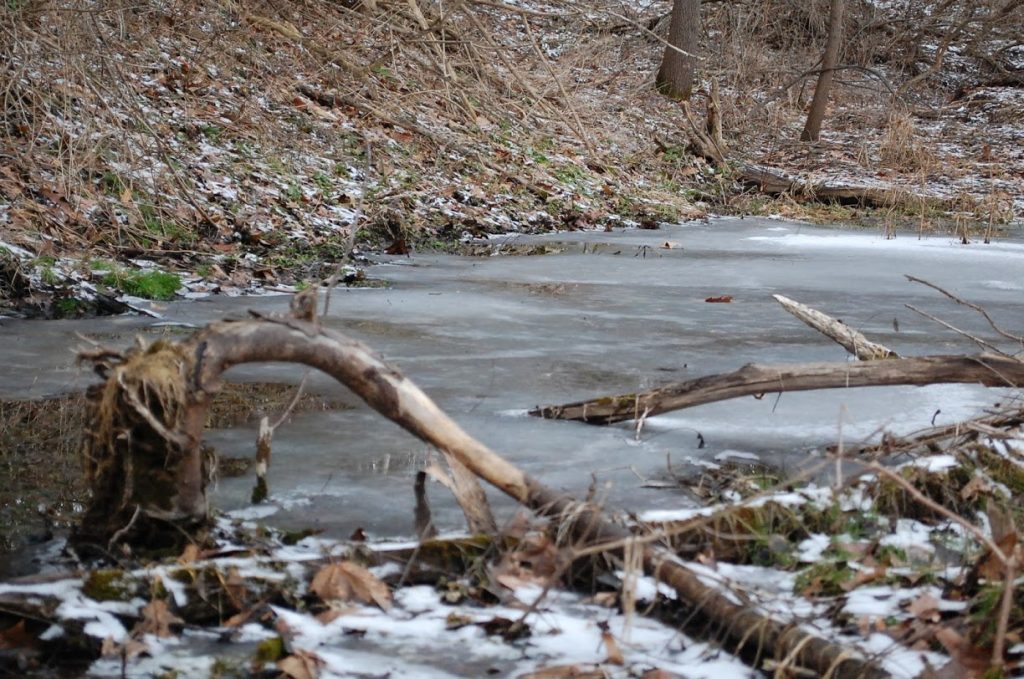When first signing up for this course, I was not really sure what to expect. I guess at first when I was thinking of nature writing, I was thinking about Thoreau, John Muir and other conventional nature writers of the past. I have always enjoyed writers like these ones and have taken solace in reading about their encounters with this pristine image of nature involving lakes, flowers, mountains and the sky. These images resonated with me and inspired a lot of my own journaling and meditations about the outdoors, especially as I have traveled to our state and national parks. In my visits to these places though, there has always been something unsettling to me about how some of these places, at times, seem to act more like a business than a retreat for lovers of peace and beauty, so it has been increasingly difficult for me to reconcile even these places as places of true nature due to their influx of human activity and economics.
Coming into class with ideas like these, I was intrigued by the title of “21st century Nature Writing” because I wanted the ability to open my eyes to the differing perspectives of how people could view and write about nature in our anthropocentric age. In the first class though, as we discussed these complex topics about how we were supposed to view nature in the 21st century and how we were to reconcile using digital tools to write about nature, it was reassuring how others in the class, living in different environments with different surroundings of “nature” shared the same concerns about these issues as I did. Going through the readings of the course, I think they were really carefully chosen to challenge our typical notions of nature. The varying degrees of nature they exposed us to varied from the rolling prairie lands of Kansas to the inner city of L.A., with narratives sometimes focusing on primarily geological and environmental change, such as Jonathan Byer’s “Memories of Ice,” to very human focused narratives such as Lauret E. Savoy’s “Trace: Memory, History, Race and American Landscape.” The variations in the readings really helped me to open my eyes to a wider view of nature and also inspired me to be creative in the place we chose to focus on and how we went about telling the story of this place.
Before this class began, when I knew that we were to eventually choose a place of nature and do a project on it, I was assuming Lizzie and I would choose a place like Letchworth, because of its grandeur and prestige as a place of nature. However, as we began to do more research, our research librarian, Liz, mentioned something about the Genesee Valley Greenway. I had never before heard about this place, which surprised me because the Greenway connects my home in Rochester and my home in Geneseo. As Lizzie and I did more research we became really intrigued by the Greenway and its past history as a canal bed, railroad tracks and current day nature trail. Along with this historical intrigue, we also wanted to use the Greenway to challenge ourselves when thinking about how nature could manifest itself in more simple places, rather than just in our state parks.
In creating this website, the archives really helped to give life to this place and inspire a lot of creativity with our writing. I had never taken part in archival research before, and this project gave me the opportunity to realize how cool old maps, journals and newspaper clippings can be. It was so much fun for me to look through these archival materials and use these voices from the past to create a more real narrative for me that would not have been possible if I was just looking through secondary sources. As I would read through journals of an old boat captain reflecting on his adventures as a kid on the old Genesee Valley Canal, the place would come alive to me and I could hear the sounds of the boat and its horn and people hollering at the various locks as I walked along the old canal bed on the present day Greenway. These archives really gave me a profound appreciation for the place and its history, with these archives being a good spur for the imagination to inspire my own writing about the place.
Before this course, I never would have considered myself to be good with technology. I would always get easily frustrated when trying to do things on a computer if they were not functioning properly, and working with WordPress often rekindled these frustrations. However, after creating this website, I am very proud of myself somewhat overcoming these struggles to create a website with a lot of technical tools within it. I am very proud with how JuxtaposeJS and ArcGIS cascade worked out in the website and how they fit in pretty seamlessly with the rest of the work.
Putting together the archival research, digital tools and personal narratives really helped to give me a clear vision of what I wanted the project to be about. It was useful to look at the history and look at the trail as it is today and explore how the trail was shaped by America as it tried to shape its identity. The canal bed remains remind us of the First Industrial Revolution and the bread basket America of the 1800’s, the railroad tracks remind us of the late 1800’s and 1900’s as America desired rapid expansion and technological advances, while today perhaps the Greenway suggests, or at least I would like to think, a focus on environmentalism and a more profound connection to nature.
While this path tells its tale chronologically, it also was useful to look at it as a whole and understand how the past and present combine to inform us of important enduring elements. Exploring the trail and using archival elements to support individual places along the trail, I was able to understand the importance of this place. For instance, in the Natural Resources page, I began to understand how the resources the Earth provides often give a key source of identity to people, fostering a healthy relationship with the Earth. In the Geology and Engineering page, I realized manmade ingenuity and the geology of the Earth – both of which the canal, railroad and greenway represent – can combine at times to create an awe in both man and nature. In the Abandonment page, it was cool to me to look at how past failed ambitions of man sometimes give way to something equally as valuable. In the Economics page, I realized that I still am questioning how easily economics and environmentalism fit together in this age, and in Environmentalism I was able to look at the varying degrees of “nature” along the Greenway and find some sort of reconciliation among the differences to form a more all-encompassing idea of nature in our present day. By looking at the path in this way and organizing our pages based on theme, more so than chronologically, we were able to comment on how the landscape presents a deep history in terms of what it can tell us about its geological past and the marks its history has made on the Earth, but also what it tells us about the people around this landscape and the values of the people at the time that have shaped it in certain ways and altered its evolution over time.
I get very obsessive about getting all the details when I am doing a project, so if I had more time I would have loved to cover more about the place. The scope of the place is so large, both in terms of length of the Greenway itself, and the amount of archival information available, so with more time (and with better weather) I would have loved to visit the whole Greenway, or at least explore many other parts of it along with explore more of the archival information available in our library. I would have been excited to see the different directions this project could have gone when really getting an even deeper understanding that the scope of this place deserved.
Overall, this course was something different, interesting and challenging and I am so glad to have gotten the opportunity to take part in it this semester. I want to thank Dr. Wiebe and Dr. Cooper for being so great at facilitating stimulating conversation (even when you at first had to deal with a lot of awkward silences) and introducing us to ideas and writing that really challenged us to alter our viewpoints and be creative. I also want to thank all of my classmates because it was so awesome to be a part of such a diverse and intelligent group of people, and I learned so much from listening to your opinions and knowledge you shared.





